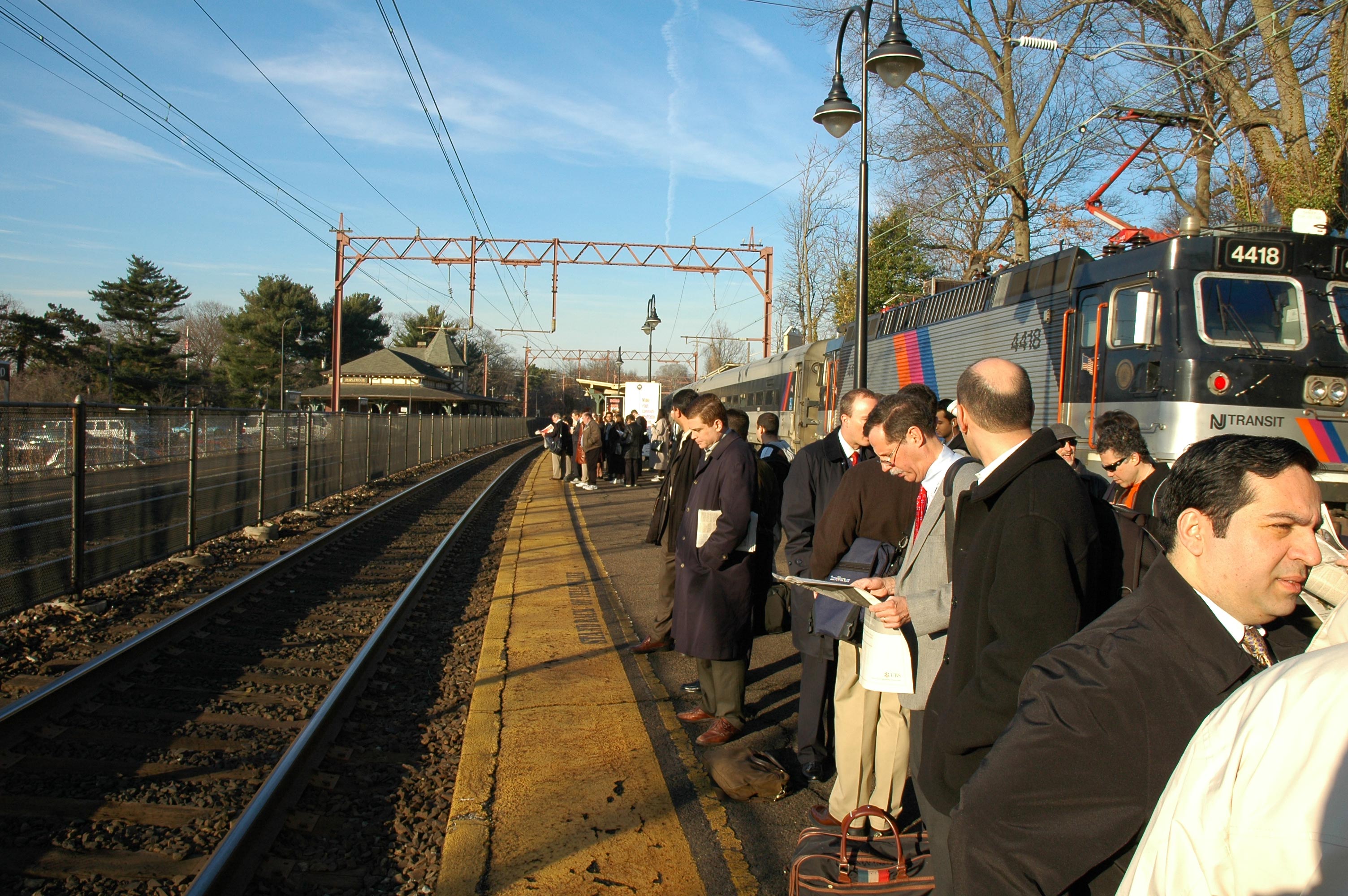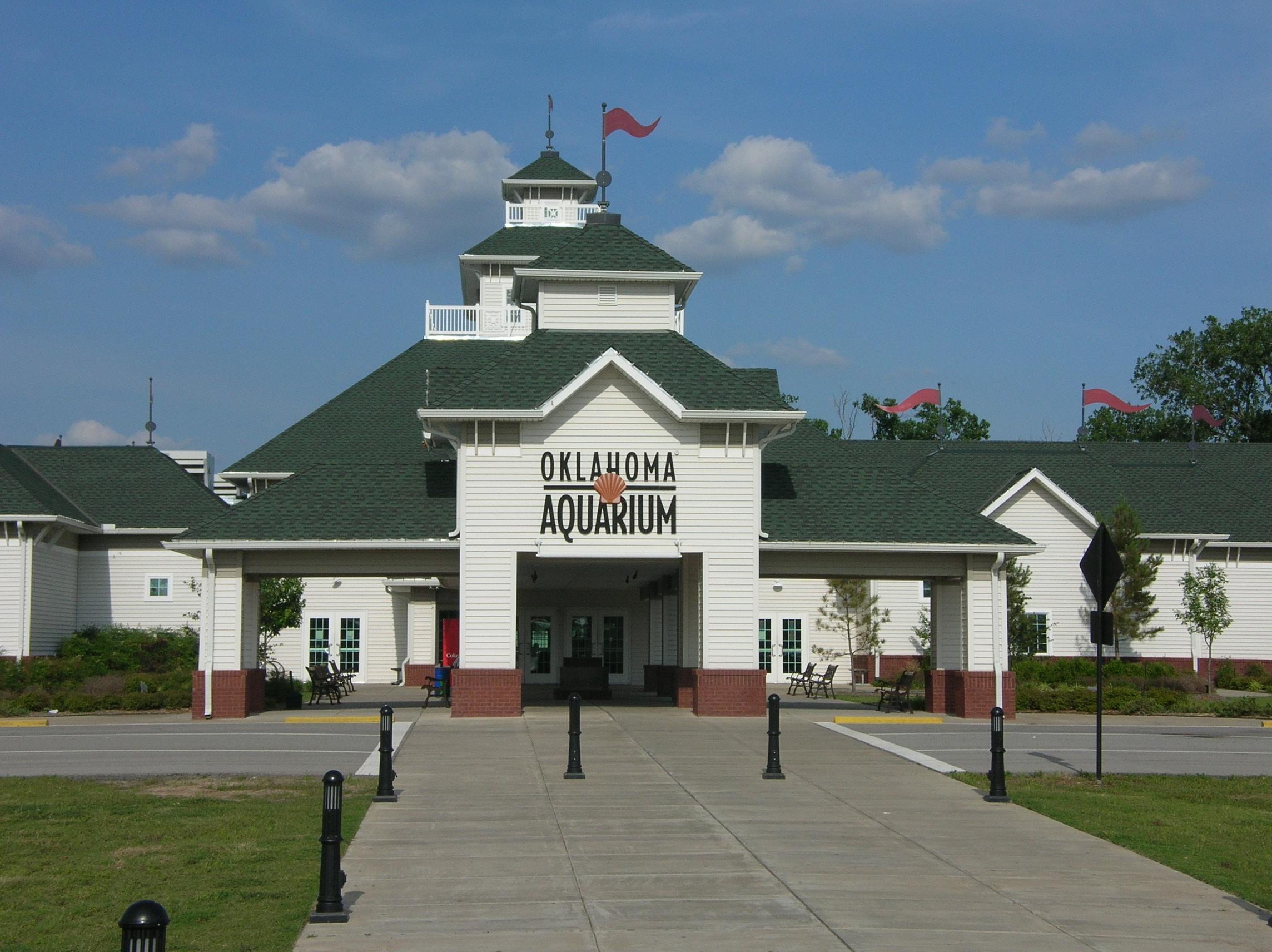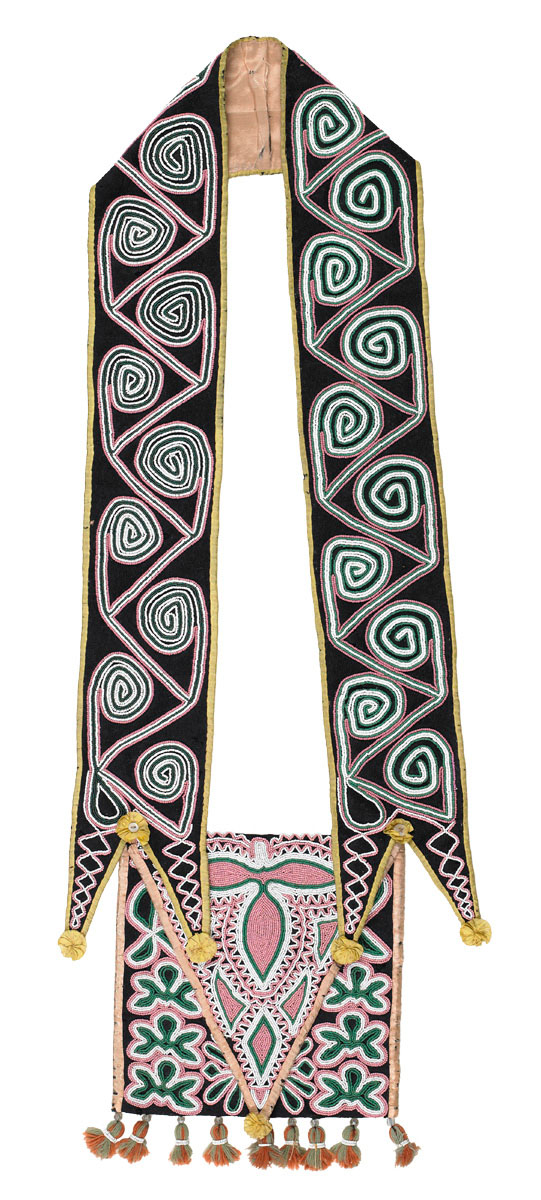|
Glenpool, Oklahoma
Glenpool is a city in Tulsa County, Oklahoma, United States. It is part of the Tulsa Metropolitan Statistical Area (TMSA). As of 2020, the population was 14,040, which represented an increase of 29.9% since the 2010 census, which reported the total population as 10,808. Glenpool is notable because the discovery of oil in 1905, which caused an economic boom that propelled the growth of Tulsa and its surroundings. Although the Glenn Pool Oil Reserve, for which the city was named, still produces a small amount of oil; the city is now primarily a commuter town for Tulsa. History On November 22, 1905, wildcatters, Robert Galbreath Jr. and Frank Chesley (along with, by some accounts, Charles Colcord), drilling for oil on farmland owned by Creek Indian Ida E. Glenn, created the first oil gusher in what would soon be known as the " Glenn Pool". The discovery set off a boom of growth for the area, bringing in hordes of people: lease buyers, producers, millionaires, laborers, tool supp ... [...More Info...] [...Related Items...] OR: [Wikipedia] [Google] [Baidu] |
City
A city is a human settlement of a substantial size. The term "city" has different meanings around the world and in some places the settlement can be very small. Even where the term is limited to larger settlements, there is no universally agreed definition of the lower boundary for their size. In a narrower sense, a city can be defined as a permanent and Urban density, densely populated place with administratively defined boundaries whose members work primarily on non-agricultural tasks. Cities generally have extensive systems for housing, transportation, sanitation, Public utilities, utilities, land use, Manufacturing, production of goods, and communication. Their density facilitates interaction between people, government organisations, government organizations, and businesses, sometimes benefiting different parties in the process, such as improving the efficiency of goods and service distribution. Historically, city dwellers have been a small proportion of humanity overall, bu ... [...More Info...] [...Related Items...] OR: [Wikipedia] [Google] [Baidu] |
Bedroom Community
A commuter town is a populated area that is primarily residential rather than commercial or industrial. Routine travel from home to work and back is called commuting, which is where the term comes from. A commuter town may be called by many other terms: "bedroom community" (Canada and northeastern US), "bedroom town", "bedroom suburb" (US), "dormitory town" (UK). The term "exurb" was used from the 1950s, but since 2006, is generally used for areas beyond suburbs and specifically less densely built than the suburbs to which the exurbs' residents commute. Causes Often commuter towns form when workers in a region cannot afford to live where they work and must seek residency in another town with a lower cost of living. The late 20th century, the dot-com bubble and United States housing bubble drove housing costs in Californian metropolitan areas to historic highs, spawning exurban growth in adjacent counties. Workers with jobs in San Francisco found themselves moving further and ... [...More Info...] [...Related Items...] OR: [Wikipedia] [Google] [Baidu] |
Mounds, Oklahoma
Mounds is a town in Creek County, Oklahoma, United States. It is located just south of Tulsa; the town's population was 932 at the 2020 census. History The post office for this community was established in 1895 and originally named "Posey", for the Creek poet Alexander Posey, who lived in Eufaula, Oklahoma. In 1898, the town was moved southwest and renamed "Mounds" for twin hills that were nearby. By 1901, the St. Louis, Oklahoma and Southern Railway (later the St. Louis and San Francisco Railway) built a track through Mounds, and the town became an important cattle shipping point. Mounds incorporated as a city in the same year. The discovery of oil in the Glenn Pool field in 1905 turned Mounds into a shipping point for crude oil instead of cattle. In the early days, Mounds was on the route of the Sapulpa & Interurban Railway (“S&I”) streetcar/interurban line connecting to Tulsa through Sapulpa, Kiefer and Glenpool; S&I subsequently went through a series of merger ... [...More Info...] [...Related Items...] OR: [Wikipedia] [Google] [Baidu] |
Sapulpa, Oklahoma
Sapulpa is a city in and the county seat of Creek County, Oklahoma, Creek County, extending partly into Tulsa County, Oklahoma, Tulsa County, in the U.S. state of Oklahoma. The population was 21,929 at the time of the 2020 United States census, 2020 census, compared with 20,544 at the 2010 United States Census, 2010 census. History Early history The town was named after the area's first permanent settler, a full-blood Muscogee, Lower Creek Indian named James Sapulpa, from the Kasihta or Cusseta band, from Osocheetown in Alabama. About 1850, he established a trading post near the meeting of Polecat and Rock creeks (about one mile (1.6 km) southeast of downtown Sapulpa). When the Atlantic and Pacific Railroad (which became the St. Louis–San Francisco Railway, Frisco) built a spur to this area in 1886, it was known as Sapulpa Station. The Sapulpa post office was chartered July 1, 1889 and the town was incorporated March 31, 1898. Controversy over Creek County seat locatio ... [...More Info...] [...Related Items...] OR: [Wikipedia] [Google] [Baidu] |
Kiefer, Oklahoma
Kiefer is a town in Creek County, Oklahoma, United States. The population was 2,187 at the 2020 census, a 30% increase over the 1,685 population recorded at the 2010 census, which itself was a 64 percent increase over the 1,026 figure recorded in 2000. History Kiefer was originally known as "Praper" when a post office was first established in 1901. The St. Louis, Oklahoma and Southern Railway (later the St. Louis and San Francisco Railway) constructed a line south from Sapulpa through Praper between 1900 and 1901. The route is today operated by BNSF. Praper became an oil boom town by 1906, when it grew into a major shipping point for crude from the Glenn Pool field. The post office was renamed "Kiefer" on December 12, 1906. According to the ''Encyclopedia of Oklahoma History and Culture'', the name honored at least one of three different people named Kiefer who lived in the area. Kiefer voted to incorporate on November 20, 1908. The 1910 census reported a population of 1,197 ... [...More Info...] [...Related Items...] OR: [Wikipedia] [Google] [Baidu] |
California
California () is a U.S. state, state in the Western United States that lies on the West Coast of the United States, Pacific Coast. It borders Oregon to the north, Nevada and Arizona to the east, and shares Mexico–United States border, an international border with the Mexico, Mexican state of Baja California to the south. With almost 40million residents across an area of , it is the List of states and territories of the United States by population, largest state by population and List of U.S. states and territories by area, third-largest by area. Prior to European colonization of the Americas, European colonization, California was one of the most culturally and linguistically diverse areas in pre-Columbian North America. European exploration in the 16th and 17th centuries led to the colonization by the Spanish Empire. The area became a part of Mexico in 1821, following Mexican War of Independence, its successful war for independence, but Mexican Cession, was ceded to the U ... [...More Info...] [...Related Items...] OR: [Wikipedia] [Google] [Baidu] |
Jenks, Oklahoma
Jenks is a city in Tulsa County, Oklahoma, United States, and a suburb of Tulsa, in the northeastern part of the state. It is situated between the Arkansas River and U.S. Route 75. Jenks is one of the fastest-growing cities in Oklahoma. The city's population was 16,924 in the 2010 census, but by 2020, this had grown to 25,949. History Jenks began in 1904 as a community site established by the Midland Valley Railroad between Tulsa and Muskogee, alongside the Arkansas River. Though the river could only be utilized by shallow draft steamboats while the water level was up, these two transportation routes proved vital to Jenks' early development. Jenks was named after William Henry Jenks the owner and director of the Midland Valley Railroad. According to a 1957 article in the ''Tulsa Tribune'', an agent for the townsite company was told by the railroad home office to name a town for the director.Davidson, Bridget. ''Encyclopedia of Oklahoma History and Culture''. "Jenks. The town ... [...More Info...] [...Related Items...] OR: [Wikipedia] [Google] [Baidu] |
Midland Valley Railroad
The Midland Valley Railroad (MV) was a railroad company incorporated on June 4, 1903 for the purpose of building a line from Hope, Arkansas, through Muskogee and Tulsa, Oklahoma to Wichita, Kansas. It was backed by C. Jared Ingersoll, a Philadelphia industrialist who owned coal mining properties in Indian Territory (now part of the state of Oklahoma)."Midland Valley Depot in Pawhuska, OK." Accessed May 11, 2015. The railroad took its name from , a coal mining town in western Arkansas, which was served by the railroad. The Midland Valley gained access to |
Tulsa, Oklahoma
Tulsa ( ) is the List of municipalities in Oklahoma, second-most-populous city in the U.S. state, state of Oklahoma, after Oklahoma City, and the List of United States cities by population, 48th-most-populous city in the United States. The population was 413,066 as of the 2020 United States census, 2020 census. It is the principal municipality of the Tulsa Metropolitan Area, Tulsa metropolitan area, a region with 1,034,123 residents. The city serves as the county seat of Tulsa County, Oklahoma, Tulsa County, the most densely populated county in Oklahoma, with Urban Development, urban development extending into Osage County, Oklahoma, Osage, Rogers County, Oklahoma, Rogers and Wagoner County, Oklahoma, Wagoner counties. Tulsa was settled between 1828 and 1836 by the Lochapoka band of Creek people, Creek Native Americans, and was formally incorporated in 1898. Most of Tulsa is still part of the territory of the Muscogee (Creek) Nation. Northwest Tulsa lies in the Osage Nation wh ... [...More Info...] [...Related Items...] OR: [Wikipedia] [Google] [Baidu] |
Oil Gusher
A blowout is the uncontrolled release of crude oil and/or natural gas from an oil well or gas well after pressure control systems have failed.'All About Blowout', R. Westergaard, Norwegian Oil Review, 1987 Modern wells have blowout preventers intended to prevent such an occurrence. An accidental spark during a blowout can lead to a catastrophic oil or gas fire. Prior to the advent of pressure control equipment in the 1920s, the uncontrolled release of oil and gas from a well while drilling was common and was known as an oil gusher, gusher or wild well. History Gushers were an icon of oil exploration during the late 19th and early 20th centuries. During that era, the simple drilling techniques, such as cable-tool drilling, and the lack of blowout preventers meant that drillers could not control high-pressure reservoirs. When these high-pressure zones were breached, the oil or natural gas would travel up the well at a high rate, forcing out the drill string and creating a ... [...More Info...] [...Related Items...] OR: [Wikipedia] [Google] [Baidu] |
Creek Indian
The Muscogee, also known as the Mvskoke, Muscogee Creek or just Creek, and the Muscogee Creek Confederacy ( in the Muscogee language; English: ), are a group of related Indigenous peoples of the Southeastern WoodlandsTranscribed documents Sequoyah Research Center and the American Native Press Archives in the . Their historical homelands are in what now comprises southern , much of , western |
Charles Colcord
Charles Francis Colcord (August 18, 1859 – December 10, 1934) was a cattle rancher, U.S. Marshal, chief of police, businessman, and pioneer of the Old West. The community of Colcord, Oklahoma, is named for him. Colcord's life spanned the American Civil War, the taming of the west, the cattle drives, the Land Runs, the Wright brothers' flight, World War I, Wiley Post, Will Rogers and Charles Lindbergh, the Roaring Twenties, the Great Depression, and the transition of Oklahoma City from a frontier prairie to a booming metropolis with skyscrapers, oil fields and airplanes. On December 30, 1934, a resolution adopted by the Oklahoma City Chamber of Commerce stated, "Affluence came to him but left unspoiled his native gentleness and simplicity. Always he was modest, humble, democratic, generous, just and kind. He remembered the less fortunate friends of his early days." Early years Charles Colcord was born near Cane Ridge, Paris, Bourbon County, KentuckyWilson, Linda D"Colcord, ... [...More Info...] [...Related Items...] OR: [Wikipedia] [Google] [Baidu] |







